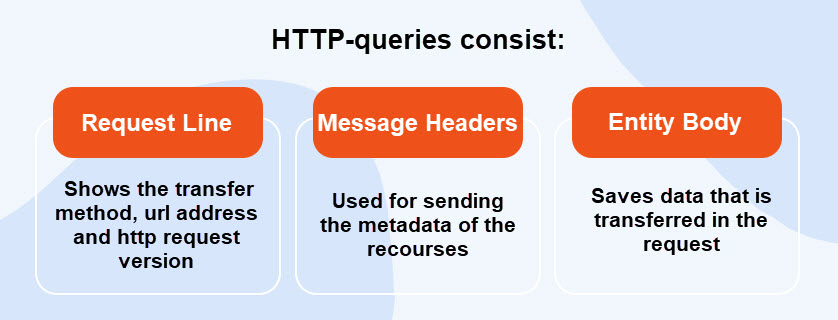HTTP protocol: what it is, where it is used
HTTP protocol (HyperText Transfer Protocol) is an application-level protocol for hypermedia documents such as HTML. The protocol was developed for communication between web browsers and web servers, but is also used for other purposes. The HTTP protocol is used not only to transmit hypertext documents, but also to transmit images and videos or to send content to servers. HTTP is also used to obtain part of the document to refresh the web page on demand.





